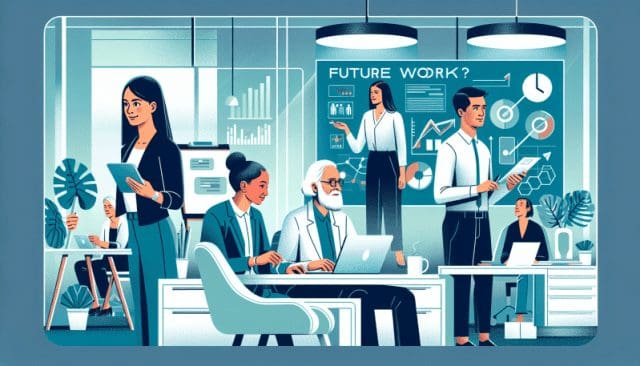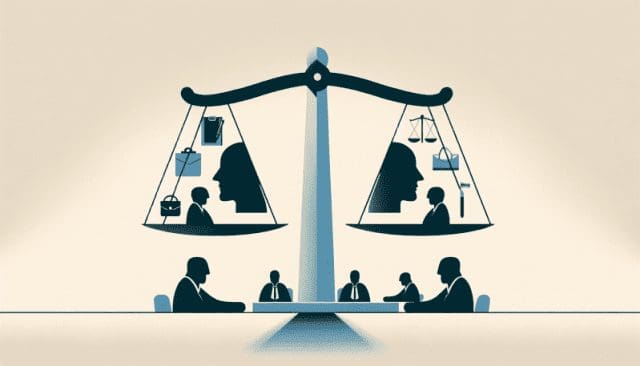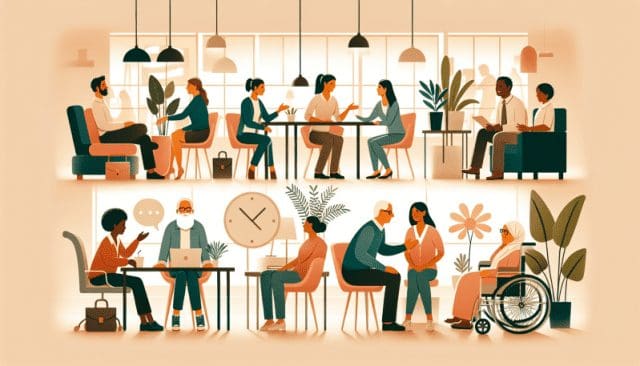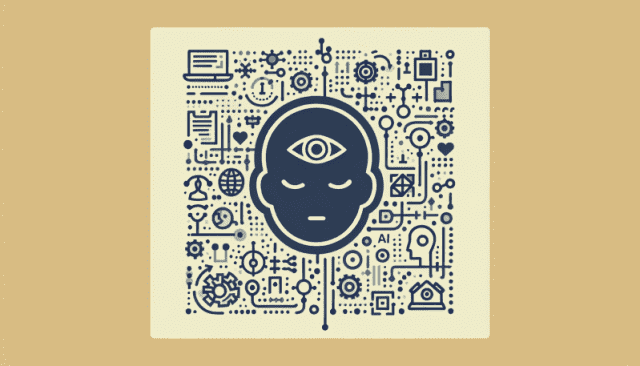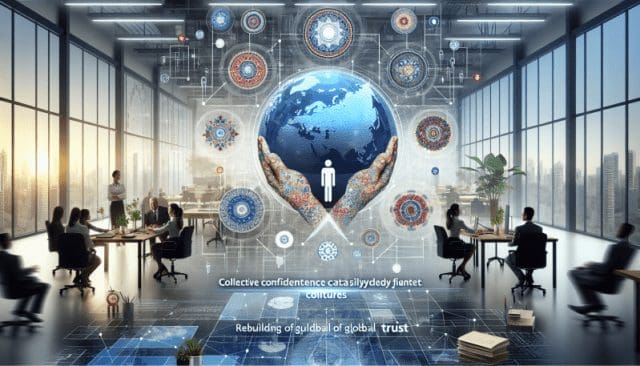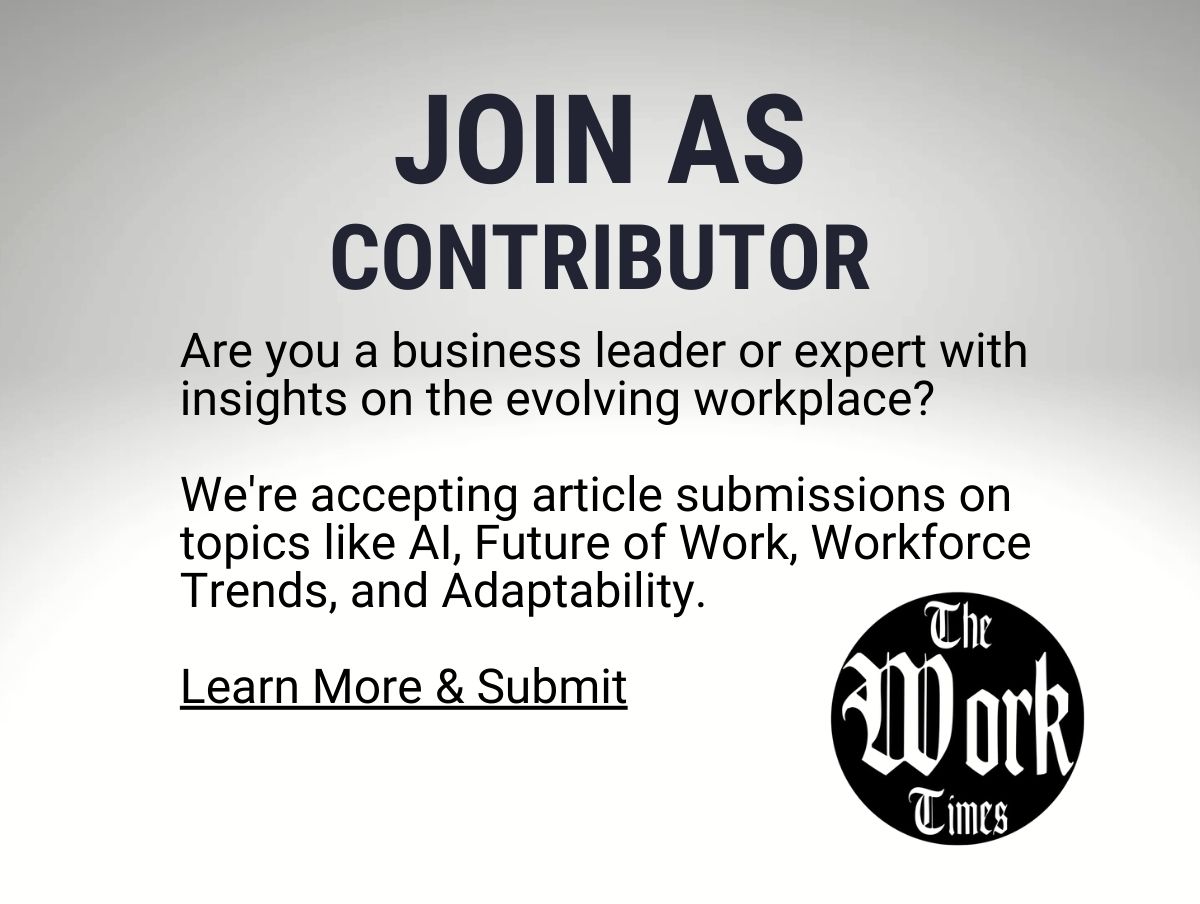Creating a Flexible Work Environment for Aging Workers
As an Aging Workforce Expert, I understand the importance of flexibility in the workplace for older employees. With the changing demographics and an increasing number of workers approaching retirement age, businesses and organizations need to adapt their practices to cater to the needs of older workers. Implementing flexible work arrangements can have numerous benefits for both employees and employers.
One of the most effective ways to provide flexibility is through telecommuting. By allowing older employees to work from home, they can avoid long commutes and have a more manageable work-life balance. This can reduce stress and improve job satisfaction, ultimately leading to better productivity and efficiency. Additionally, telecommuting can also save costs for employers by reducing office space and overhead expenses.
Flexible schedules are another crucial aspect of creating a supportive work environment for aging employees. Many older workers may have health issues or caregiving responsibilities that require them to have a more flexible schedule. By offering options such as part-time work, job sharing, or adjustable start and end times, businesses can accommodate these needs while ensuring the continuity of work. This can also result in increased employee retention and loyalty.
Phased retirement is another effective strategy to retain older employees while allowing them to transition into retirement gradually. This approach allows older workers to gradually reduce their work hours or take on less demanding roles as they approach retirement age. This can benefit both employees and employers, as it provides a smoother transition for workers while retaining their knowledge and expertise within the organization.
To successfully implement policies that cater to the needs of older workers, businesses should prioritize work-life balance. Providing a supportive environment that recognizes the importance of personal commitments and allows for flexibility can have a positive impact on older employees’ well-being and job satisfaction. Additionally, organizations can offer health promotion programs tailored specifically to the needs of older workers, such as wellness initiatives, ergonomic assessments, and access to healthcare resources.
Accommodations for caregiving responsibilities are also essential in creating an inclusive work environment for aging employees. Offering flexible leave options, caregiver support groups, and on-site childcare services can alleviate the stress and burden on older workers who may be juggling work and caregiving responsibilities.
Overall, creating a flexible work environment for aging workers is crucial for both employees and employers. By implementing policies that prioritize flexibility, work-life balance, health promotion programs, and accommodations for caregiving responsibilities, businesses and organizations can ensure the well-being, productivity, and efficiency of their aging workforce.

















